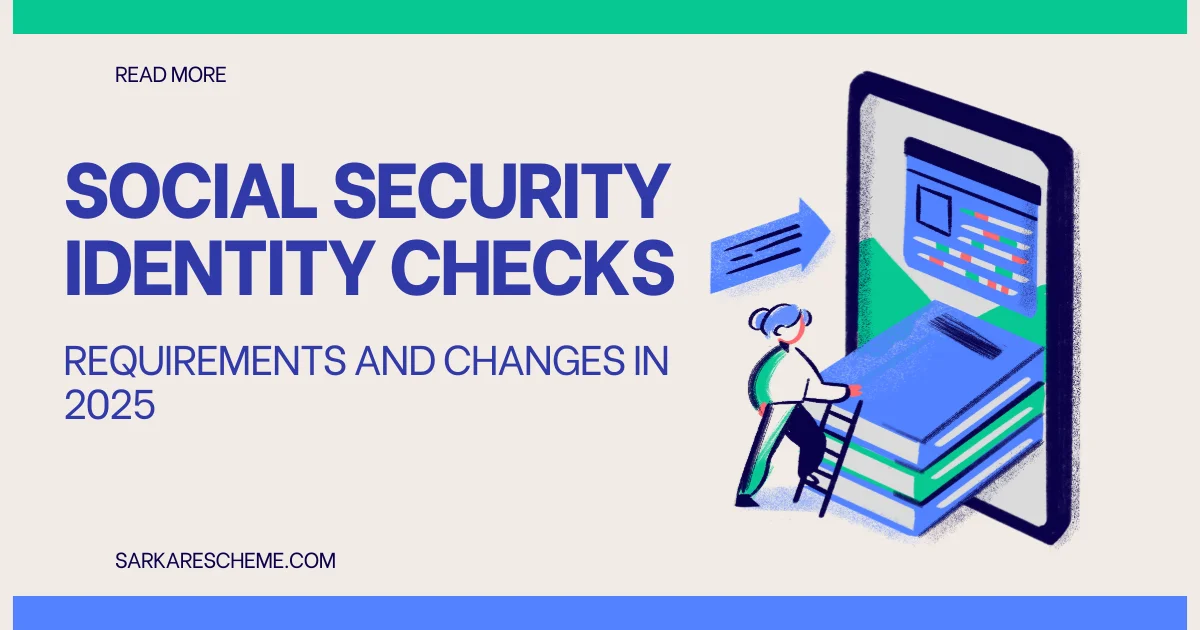OpenArt: Redefining Digital Creativity with AI-Powered Art Generation
In an era where digital innovation shapes every aspect of our lives, creative tools have evolved beyond traditional software. One such game-changing innovation is OpenArt, a revolutionary platform that harnesses the power of artificial intelligence to generate unique, high-quality digital artwork from text prompts. Whether you're a graphic designer, marketer, content creator, or simply an art enthusiast, OpenArt offers a streamlined way to bring your visual ideas to life. With its accessibility, ease of use, and creative potential, OpenArt is quickly becoming the go-to platform for AI-generated art, solving many of the pain points that digital creators face today.
How OpenArt Works: A Simple Yet Powerful Process
OpenArt operates on a remarkably intuitive model. Users input descriptive prompts—anything from “a futuristic city skyline at sunset” to “a cartoon cat riding a skateboard in outer space”—and the platform's AI engine, powered by models like Stable Diffusion, turns these words into visually compelling images. What sets OpenArt apart is its ability to interpret even complex and nuanced prompts with surprising accuracy and aesthetic quality. The generated images can be refined, upscaled, or used as the basis for further creative exploration, saving hours of design time and reducing dependency on expensive software or outsourced designers.
Key Features That Make OpenArt Stand Out
-
User-Friendly Interface: The clean layout and intuitive navigation make OpenArt ideal for beginners and pros alike.
-
Prompt Customization & Style Control: Users can guide the art style (e.g., anime, realism, pixel art) and define both positive and negative prompts for refined results.
-
Inpainting & Editing Tools: Modify specific parts of an image with ease, adding layers of customization.
-
Community Gallery: Browse and learn from thousands of public creations to gain inspiration.
-
Custom AI Training: Users can train the model with their own images to maintain a consistent brand or character style.
These features are not just bells and whistles—they directly address common frustrations among digital creators, such as creative blocks, lack of time, and budget constraints.
Who Should Use OpenArt and Why?
OpenArt is not just for artists. It serves a wide range of users across different industries:
-
Content Creators & Influencers: Need custom thumbnails, backgrounds, or concept art for social media or YouTube? OpenArt can generate them in minutes.
-
Game Developers: Use it for prototyping character designs or game environments without hiring full-time illustrators.
-
Marketers & Agencies: Build ad creatives, banners, and visuals tailored to campaign themes quickly and affordably.
-
Educators & Students: Visualize academic topics, creative projects, and storytelling ideas with visual aids.
-
NFT Creators & Web3 Enthusiasts: Use OpenArt to develop unique, stylized digital collectibles with minimal effort.
Case Studies: Real-World Use of OpenArt
A recent example includes an indie mobile game developer who used OpenArt to design all visual concepts for an RPG game within a week—cutting production costs by 70%. Another content creator on TikTok gained over 100,000 views on a video series entirely made using OpenArt-generated characters.
Common Challenges Solved by OpenArt
-
Lack of Design Skills: Not everyone can use Photoshop or Illustrator. OpenArt levels the playing field.
-
Time Constraints: Generate visuals in seconds instead of hours.
-
Creative Block: Get inspired with random prompt generation and community galleries.
-
High Costs: Avoid the expense of stock photos, freelancers, or design agencies.
How to Maximize Your Results with OpenArt
-
Be Specific in Your Prompts: The more detail you provide, the better the outcome. Include mood, style, and elements.
-
Use Negative Keywords: Help the AI avoid unwanted elements (e.g., “no text, no watermark”).
-
Try Multiple Variations: Don’t settle for the first result—OpenArt allows quick iteration.
-
Join the Community: Share, learn, and collaborate with other creators to spark new ideas.
-
Train Your Own Model: Build a consistent visual brand by uploading your own datasets.
Conclusion: Why OpenArt Is a Must-Have Creative Tool in 2025
As AI continues to evolve, platforms like OpenArt are proving that artificial intelligence can enhance—not replace—human creativity. By simplifying the design process and eliminating common roadblocks, OpenArt empowers users to focus on storytelling, branding, and innovation. Whether you're building a business, creating content, or just experimenting for fun, OpenArt makes high-quality visual creation more accessible than ever. As we move into a more visually-driven digital age, embracing tools like OpenArt isn’t just smart—it’s essential.
FAQs About OpenArt
Ques: Is OpenArt free to use?
Ans. Yes, OpenArt offers a free tier with access to basic features. Paid plans provide higher resolution images, faster processing, and advanced tools.
Ques: Can I sell images created on OpenArt?
Ans.Yes, many users sell prints, NFTs, and digital downloads created with OpenArt. Just ensure you're adhering to licensing guidelines.
Ques: How is OpenArt different from DALL·E or MidJourney?
Ans.OpenArt emphasizes user control, style versatility, and custom training, making it more adaptable for commercial and personal use.
Ques: Do I need coding or design experience to use OpenArt?
Ans.Not at all. OpenArt is designed for users of all levels. If you can type a sentence, you can create digital art.
Ques: Can I train OpenArt to mimic my own art style?
Ans.Yes! OpenArt allows you to upload image sets to train custom models that reflect your personal or brand style.



Comments
Post a Comment